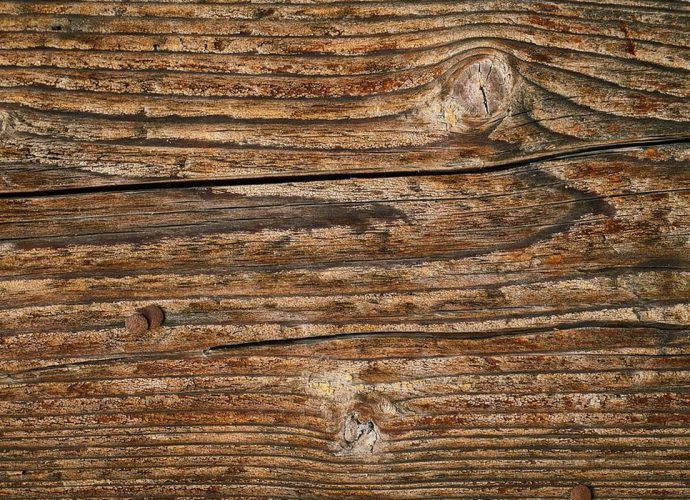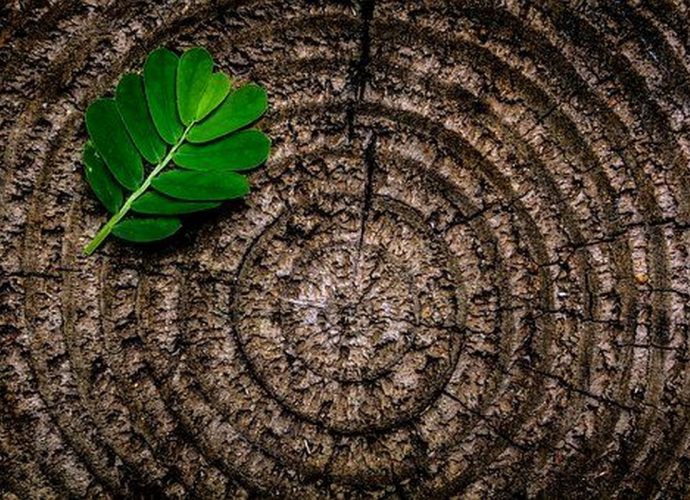Is The Neck Meat On A Deer Good?
Sometimes we have time issues that might cause us to just take the choice cuts, but whenever possible it’s just a good deal to use as much of the nutritious, delicious venison we kill and not waste anything. … Take time to get that neck meat, whip up some greatRead More →









